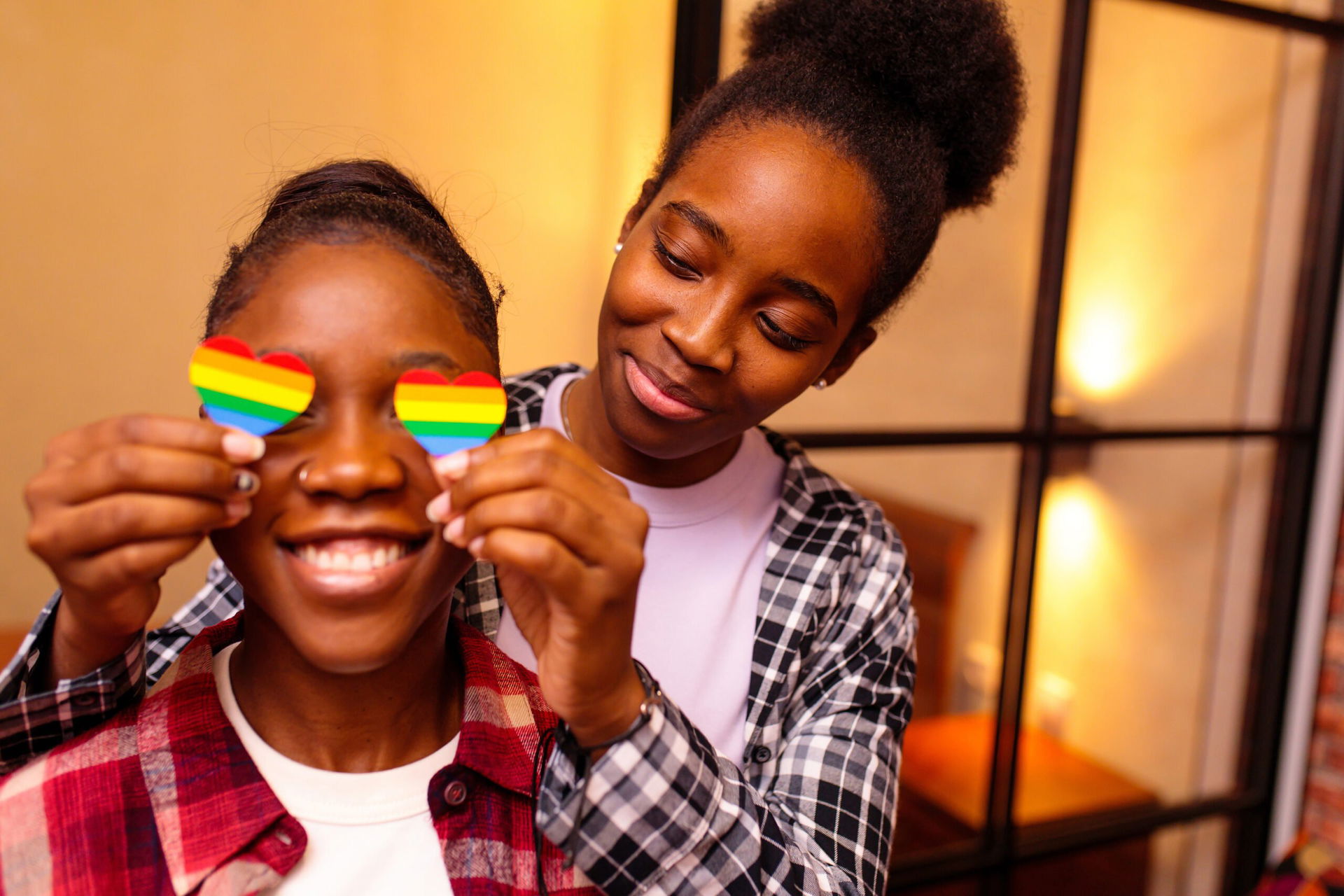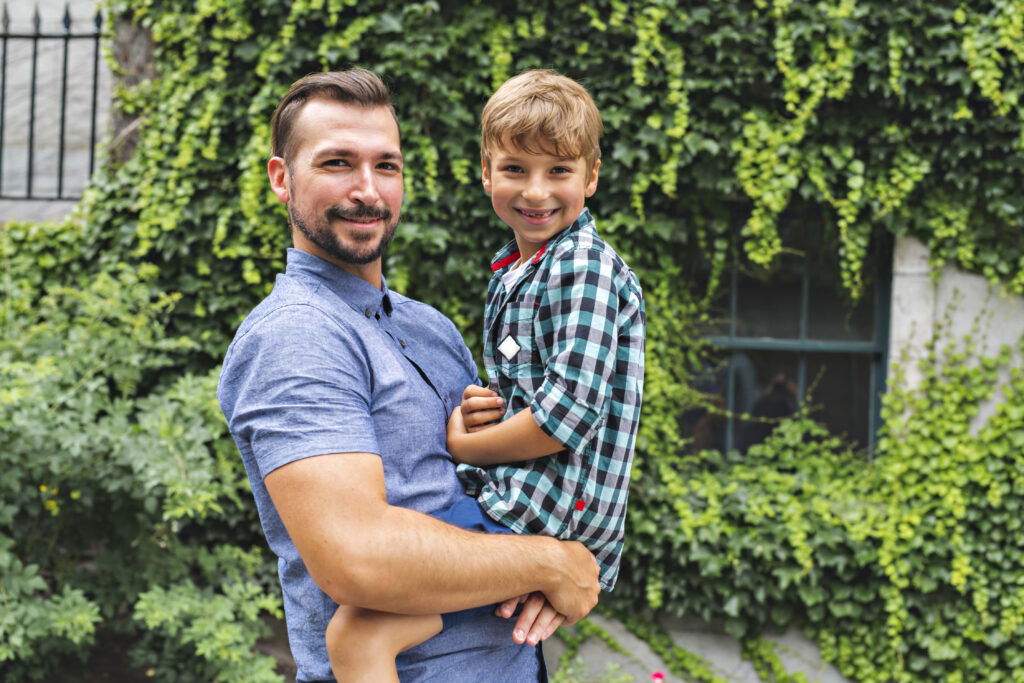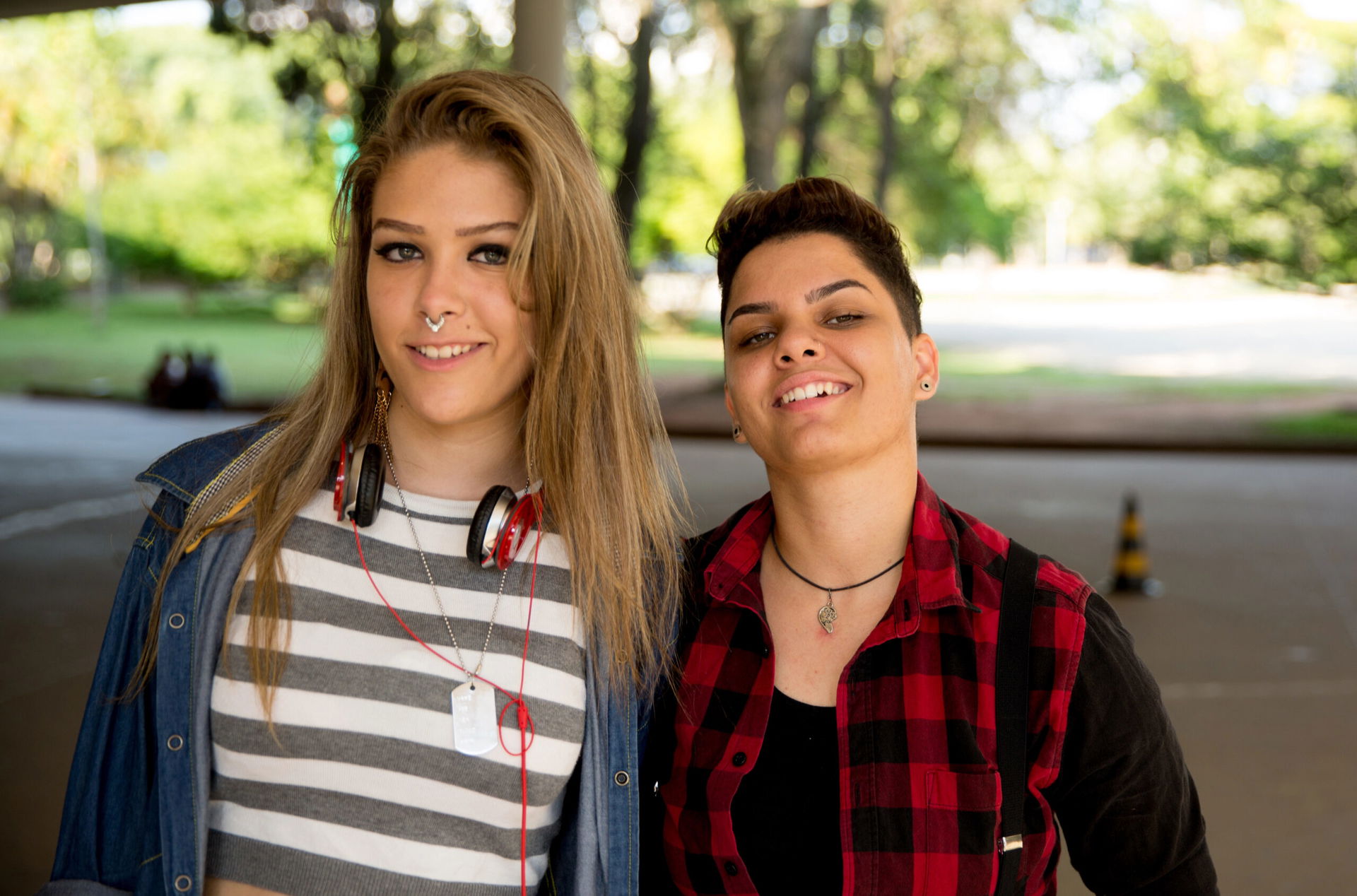Debunking Common LGBTQ+ Myths: What you need to know

By Cath Brew, Drawn To A Story
It’s time to debunk 10 common LGBTQ+ myths. You’ve probably heard them or even thought them yourself, but what are they? Commonly consumed as fact, these myths create misunderstanding, cloud empathy and fuel discrimination.
So let’s clear these myths up!
Kids are too young to know that they are LGBTQ+
The belief that kids are too young, generally arises from an adult’s difficulty to imagine that a child may feel differently about themselves, than they did at the same age. Just because an adult hasn’t experienced it doesn’t mean it’s not real for a child. If you’ve never had to confront your own gender and/or sexuality, it can be hard to imagine what it’s like. We accept cisgender heterosexual kids’ knowledge of themselves. LGBTQ+ kids deserve the same.
Others argue that ‘the frontal lobe isn’t fully developed’. This argument is never used for young people who join the military or who learn to drive a car, even though both activities require a developed frontal lobe for crucial decision making. The ‘frontal lobe’ myth is a good example of the double standards we see, even when research proves otherwise.
Children become aware of their gender identity around 2-3 years old and it’s generally locked in around age 4. Most transgender children first experience gender dysphoria between 3 and 7 years with greater numbers by age 13.
Whether an adult understands or even approves, LGBTQ+ kids are experiencing themselves and all that goes with that. Like with cisgender folk, there is no ‘one size fits all’. It’s a personal journey and everyone needs the space to express themselves as and when they feel comfortable.
It’s best to let gender-diverse kids to wait until adulthood to make any body changes
For children who know from a young age that they’re transgender or non-binary, going through puberty can cause severe distress and gender dysphoria. Delaying gender affirming care until adulthood can greatly exacerbate psychological suffering and affect quality of life.
A 2022 study by the Seattle Children’s Gender Clinic showed that access to hormones and puberty blockers (13 – 20 years) reduced the likelihood of depression by 60%, and self-harm or suicidal thoughts by 70% over a one year period. Similarly, a 2021 study of over 9000 trans and non- binary youth (13 – 24 years) published in the Journal of Adolescent Health, found that those who had received hormone therapy were 40% less likely to report depression and a past suicide attempt, than those who sought hormone therapy and had not received it.
The common assumption about gender affirming care is that it always means surgery. The range of gender affirming body care is vast and can include puberty blockers (pubertal suppression), new haircuts, binding breasts, voice therapy, hormone therapy (in adolescence) and others treatments, with surgery an option in later adolescence.
Puberty blockers aren’t new. They’ve been used to treat precocious puberty in cisgender kids since the 1980s.
Being LGBTQ+ is a choice and hanging around with LGBTQ+ friends will make you LGBTQ+
Growing up LGBTQ+ and ‘coming out’ is hard, especially in a society that favours cisgenderism and heterosexuality. Why would someone choose the harder road? The Trevor Project’s national survey (2022) found that 36% of LGBTQ youth said they’d been physically threatened or harmed due to their sexual orientation or gender identity, while 73% had experienced discrimination. It’s not a choice many would want to choose, is it?
Just like their cis-het counterparts, LGBTQ+ youth grow up realising what their natural feelings are. A person’s sexual orientation and gender is a deeply personal aspect of who they are. No one can make someone something they’re not. It’s like trying to ask a fish to ride a bicycle. It’s not going to happen. Some parents believe this myth because their child came out after hanging around with queer kids. Generally, kids already know they’re queer and seek out queer friendships because they feel safe, and seen, which gives them the confidence to come out.
You can tell who is LGBTQ+
Many people think they can tell if someone is LGBTQ+, but people’s identities are personal and may be expressed or not expressed in many different ways. As humans, we like to box people into what feels known and familiar to us. It’s part of our brain hard wiring, our amygdala triggering fight or flight reactions as we rapidly assess situations. A known entity feels safer and so it’s easy to make quick assumptions for our own needs.
Just like the cisgender heterosexual community, the LGBTQ+ community is incredibly diverse. Since we live in a binary society, we assume that men/boys who are effeminate are gay and more masculine women/girls who are lesbians (what was it I said above boxing people in?). However, each person’s experience and expression of their identity can vary widely, whether they’re queer, gender-diverse, cisgender, homosexual or heterosexual.

Gender neutral toilets are a safety threat
Concerns about safety are often based on misconceptions rather than evidence. Studies and real-world implementations generally show that gender-neutral toilets do not increase safety risks. In fact, they enhance safety and comfort for transgender and non-binary individuals, who are increasingly facing harassment in gender- segregated facilities.
Many gender-neutral toilets are designed with privacy in mind and feature individual stalls with basins and floor-to-ceiling partitions. These toilets are also often favoured by people who need privacy for medical/health reasons (changing colostomy or catheter bags, insulin injecting diabetics, or those changing a menstrual cup). This setup helps ensure that everyone has the privacy, safety and dignity they need.
Pride is unnecessary – we don’t get a month to celebrate being straight
Pride originated from a history of discrimination and marginalization. It is meant to counteract societal pressures and prejudices faced by LGBTQ+ people, increase visibility and to foster acceptance. Since heterosexual identities are widely accepted and not marginalized in the same way, a straight pride event isn’t necessary.
Why do they have to flaunt it?
This sentiment often expands into I don’t want it in my face, or it’s everywhere these days. LGBTQ+ are not flaunting who they are. They are simply living their lives just like cisgender heterosexual people do. The difference is that those who express this myth are not used to being around LGBTQ+ people and seeing their lives. The ‘flaunting it’ reaction to LGBTQ+ people is usually about that person’s inability to cope with the LGBTQ+ people’s comfort with themselves.
It’s a phase
It might be. It might not be. What matters is that it’s happening now and as a parent you need to navigate it now. If your child has come out as LGBTQ+, what also matters is that you provide a space for them to explore their identity. They are less likely to want to talk to you about it if you’ve closed down opportunities for conversations about it. Just a phase is a very common misconception and can be hurtful. It immediately tells that person that you know better, when it will have taken them a lot of emotional preparation to tell you. Most often, it’s just a phase comes from a place of not wanting to accept a child’s queer identity. In the same way that parents allow their cis heterosexual kids to explore their identities, LGBTQ+ kids need that space too – and if they’ve come out to you and it was a surprise, you’ll also need time to adjust!
Am I to blame?
No. As a parent, it’s natural to have concerns about how your child’s identity might be influenced by your family environment, but it’s important to understand that being LGBTQ+ is not something parents cause or can control. There is also nothing ‘wrong’ with your child. Sexual orientation and gender identity are intrinsic aspects of who a person is. They are not a result of parenting choices or mistakes. Am I to blame? also implies that there is something wrong with being LGBTQ+, a belief often stemmed from a combination of cultural, religious, and social factors. Whilst different communities hold different values, it’s important to understand that no one can make anyone LGBTQ+. All LGBTQ+ identities are a natural variation of human diversity.
If you are a bisexual girl, why not just date a guy?
This common viewpoint is a good example of the binary bias in society that favours heterosexual relationships over same-sex ones. A lot of bisexual people report hearing this type of comment when dating someone of the same sex. However, a person’s choice of partner is commonly based on personal compatibility, shared values, and mutual attraction, rather than solely on gender. Attraction is not just about sexual orientation. It includes how individuals connect on multiple levels – emotionally, intellectually and physically. Equally, you don’t become straight or gay depending on whom you’re dating. You are always bisexual.

There we are! 10 common LGBTQ+ myths busted! In a world where misinformation spreads quickly, busting myths is not just about correcting falsehoods. It’s about empowering people to foster a more understanding and inclusive society, whilst helping people to make better informed viewpoints and decisions.
